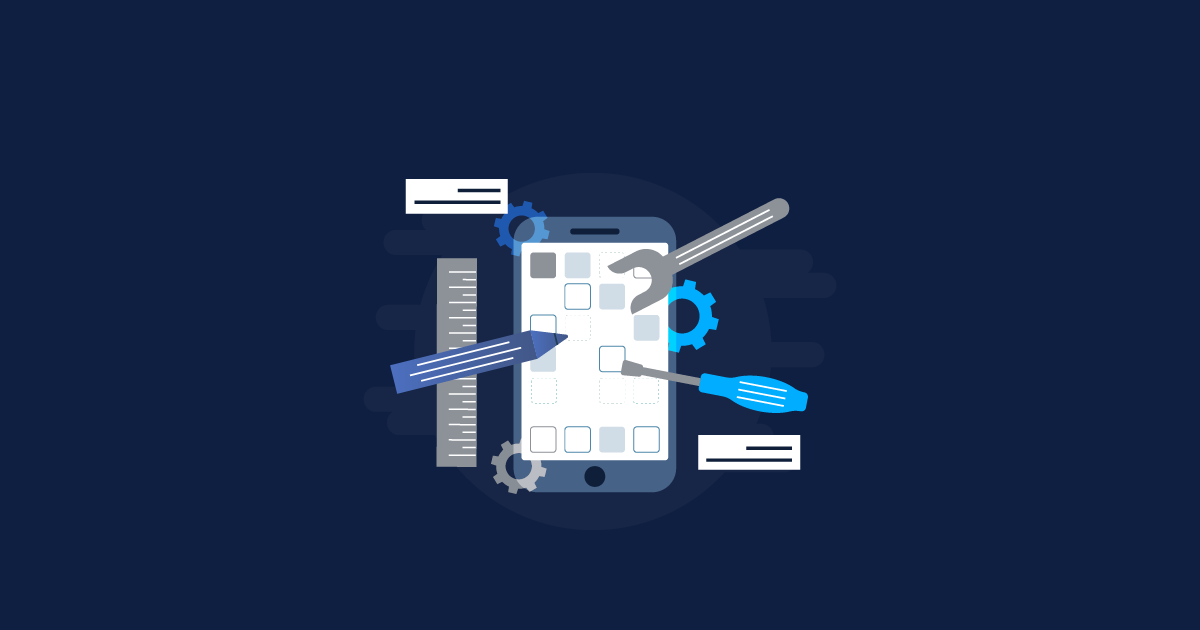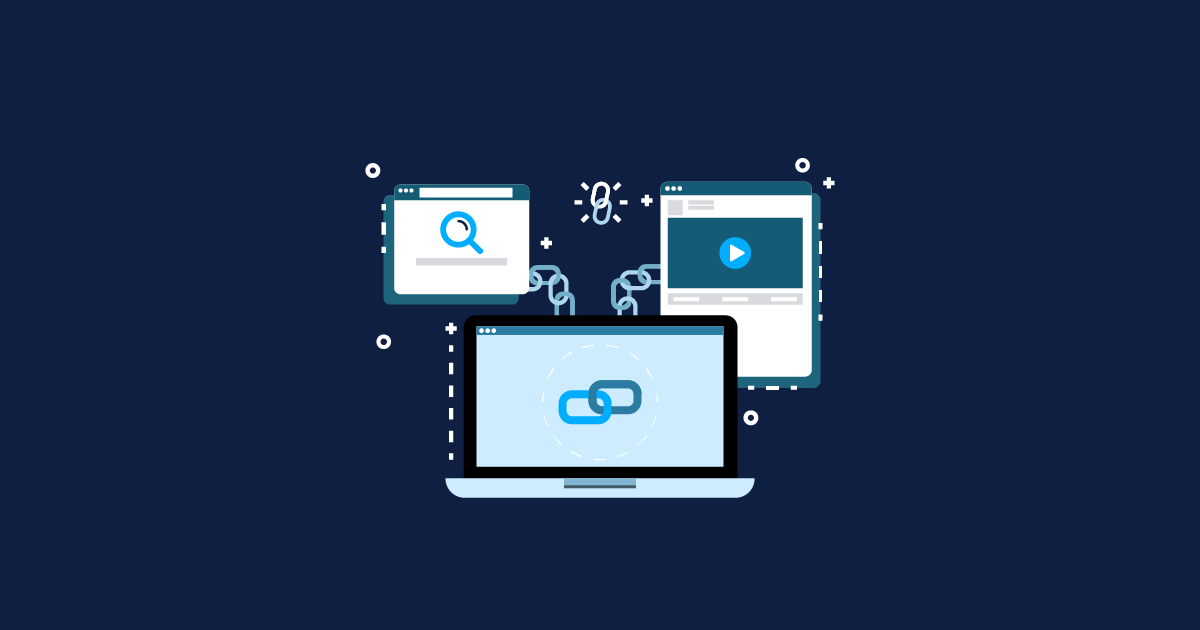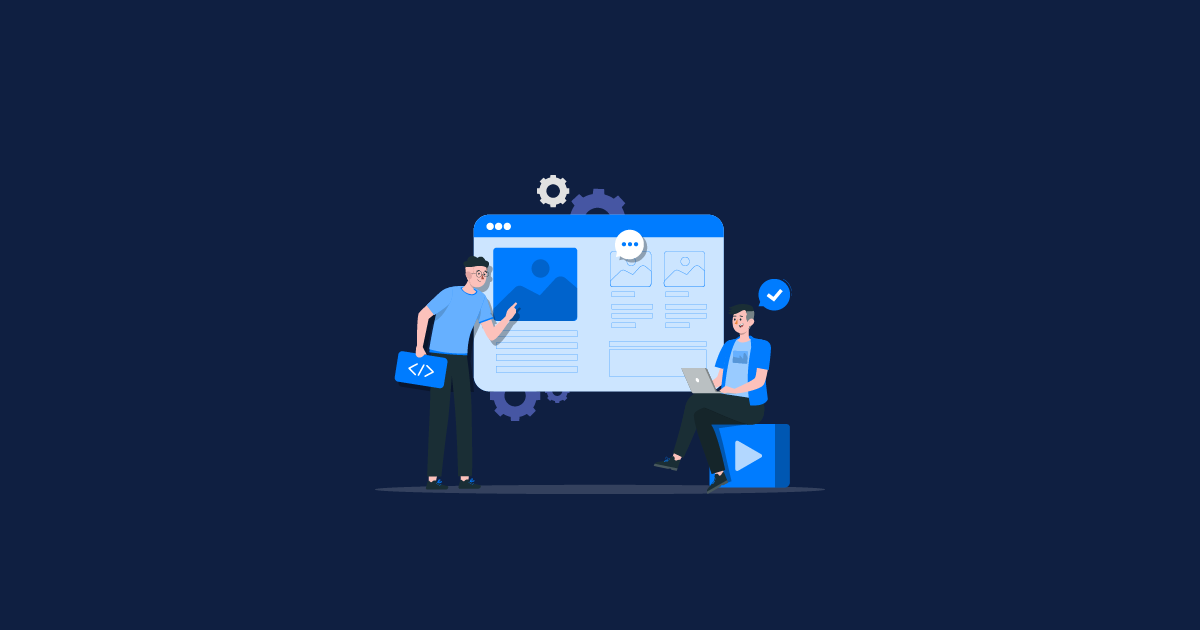Discover the 7 latest Automation Testing Trends to Lookout for in 2024. Get the latest trends in the Automation testing domain. Read this blog
According to the MarketsAndMarkets report, the anticipated growth of the global automation testing market is significant, projected to increase from USD 24.7 billion in 2022 to USD 52.7 billion by 2027, with a compound annual growth rate (CAGR) of 16.4%. To stay abreast of the dynamic testing landscape, it is essential to stay updated and informed about the latest automation testing trends.
In this article, we will explore the top seven automation testing trends for 2024. Stay clued up.
Widespread Adoption of Hyper Automation:
Hyper Automation, a combination of tools like AI, ML, Natural Language Processing (NLP), and Robotic Process Automation (RPA), is used to harness the benefits of AI-driven decision-making. These tools elevate human productivity by automating routine processes that do not necessitate human intelligence.
Few Benefits of Hyper Automation:
Increased test coverage
Efficient test case generation
Dynamic test scripting
Early detection of defects
Reduced test maintenance
Intelligent test data management
Enhanced predictive analytics
QAOps:
QAOps, which is the combination of IT operations and Quality Assurance, is one of the emerging trends in software testing.
QAOps adopts a DevOps-oriented strategy to attain top-notch software quality. It integrates key principles from continuous testing in DevOps, including CI/CD, fostering collaboration among teams within the pipeline. In this methodology, the Operations team primarily engages in communication and collaboration with the QA team to guarantee the continuous delivery of products. The primary objective is to uphold the application's quality in terms of performance, scalability, functionality, security, usability, and other essential aspects.
Few Benefits of QAOps:
Good collaboration and communication between teams
Faster release cycle
Continuous testing
QAOps helps maintain consistency between development, testing and production environments.
QAOps helps mitigate risks associated with software releases by providing continuous feedback on the quality of the code.
Blockchain Testing:
The objective of blockchain testing is to verify the security and dependability of the interconnected ledger system that links various blocks. Each block contains distinct software applications associated with a specific node within a group. In addition to addressing security concerns, blockchain testing extends to evaluating the load capacity and scalability of blockchain databases and ledgers.
Few Benefits of Blockchain Testing:
Identifying and eliminating defects in a decentralized ledger.
Validating all entities within the system.
Ensuring the proper functioning of the developed blockchain ecosystem.
Facilitating the secure building and utilization of blockchain technology and its associated infrastructure by organizations.
IoT Testing:
The widespread adoption of IoT devices necessitates a thorough testing strategy. Testers should confirm smooth connectivity, data integrity, and user experience across a variety of devices, scenarios, and environments.
Few Benefits of IoT Testing:
Reliability and stability of interconnected devices & their interactions
Security validation to address the security issues, ensuring that data is encrypted, access controls are effective, and devices are resistant to unauthorized access or tampering.
Interoperability testing
Performance optimization
Firmware and software updates to verify the seamless deployment of updates, ensuring that devices can be upgraded without causing disruptions or vulnerabilities.
Geolocation Testing:
It is crucial to guarantee that applications operate effectively across various time zones and languages. Geolocation testing validates global compatibility, overcoming the challenges presented by diverse user bases.
Few Benefits Geolocation Testing:
Validates the efficiency and performance of the application across diverse geographical locations.
Enhances productivity.
Multi-platform compatibility
Geolocation testing includes boundary testing to ensure that the application behaves correctly near geographical boundaries, such as country borders or regions with different coordinate systems.
Camera Image Injection Testing:
This advanced testing approach evaluates applications utilizing camera images to ascertain their resilience against potential attacks. In 2024, this trend will play a key role in strengthening application security.
Few Benefits of Camera Image Injection Testing:
Camera image injection testing helps verify the functionality of an application that relies on camera input.
Ensuring the quality of image-related functionalities is critical. Testing helps identify and address issues related to image quality, resolution, and clarity.
Testing with injected images allows the exploration of edge cases and uncommon scenarios. This includes testing with images of various sizes, unconventional angles, or challenging lighting conditions to ensure the application behaves predictably in diverse situations.
Scriptless Automation Testing:
Scriptless automation testing, also known as codeless automation testing, is an approach where testing activities are performed without the need for scripting or coding skills. In traditional test automation, testers typically write scripts or code to automate test cases. However, scriptless automation tools provide a graphical interface or a set of predefined actions that allow testers to create automated tests without writing code.
Few Benefits of Scriptless Automation Testing
Scriptless automation tools often provide a user-friendly interface that allows testers to create automated tests more quickly compared to traditional scripting.
Since scriptless automation relies on a visual interface or predefined actions, test maintenance becomes more straightforward.
Scriptless automation testing tools often include features that facilitate the reuse of test components. Testers can create modular and reusable test blocks, improving efficiency and maintaining consistency across test cases.
Wrapping Up!
In 2024, the top automation testing trends discussed above are marked by the integration of AI, cutting-edge technologies, and transformative shifts in testing methodologies. Keeping pace with these trends is essential for QA professionals to uphold software quality standards. Embracing these trends offers a competitive advantage for testing professionals, organizations, and teams.




